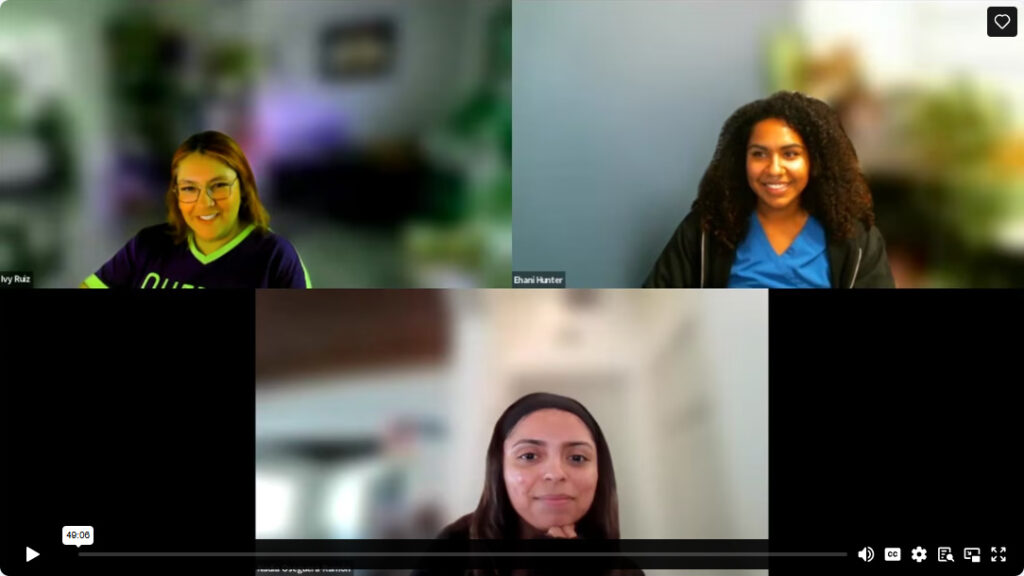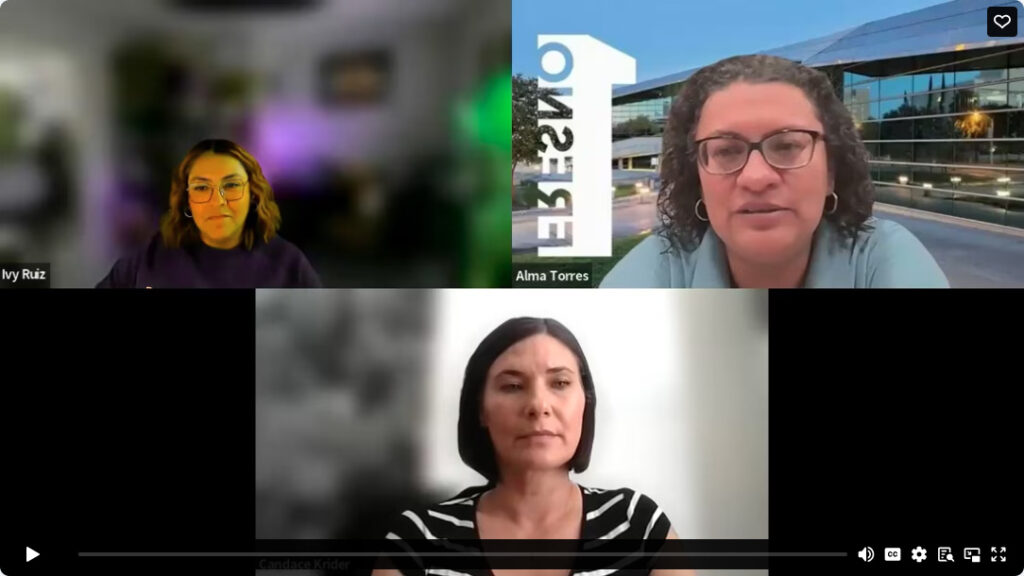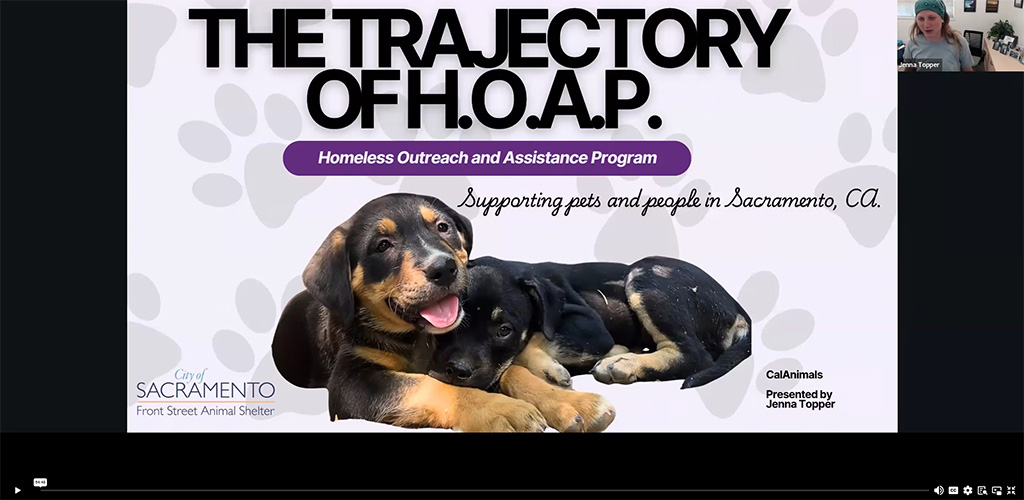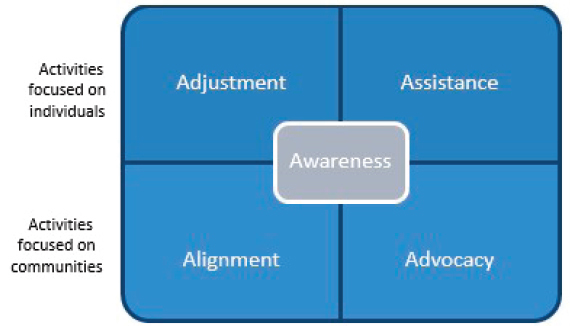For Rachel Rae Williams, exploring radical possibilities with questions like, “If every person and pet had a just and fair opportunity to achieve their highest level of health and well-being, how would our world change?” isn’t just a way to dream big. It’s a way to ground strategy, program design, and decision-making in pets’ and people’s needs and priorities. “We need imagination to innovate,” she said.
In this All Call, she outlined six activities to better integrate social care for individuals and communities, a public health model that we can adapt to make our work more effective, with the recognition that protecting the health of people, pets, and communities is a cross-sector effort. “Social care is just integrating the person into the care that they’re receiving,” Rachel explained. “So whether that is access to veterinary care or food, or whatever that care is, just make sure that the person is at the center of it.”
1. Acknowledge: An important step at every stage. “You have to acknowledge that systems may be unfair and unjust,” Rachel said. “You need to be aware of those things, because looking past a problem, you’re never going to get anywhere, right? You have to really address…the root cause of the issue in order to have any success.”
2. Awareness: Through collecting and reviewing data (via tools like the Social Vulnerability Index and Data Commons) and talking with community members, cultivate a deeper awareness of your community’s experiences, strengths, challenges, and priorities. For example, you might discover that the reasons people are missing spay/neuter appointments are different than you expected. If we want to be in community with our neighbors, Rachel suggested, we should know what their priorities are. “If you’re feeling like an outsider, you may need to ask more questions. Why are you feeling like an outsider in this realm?”
3. Adjustment: Evaluate programming and identify any changes that could help remove barriers. If people can’t access transportation for spay/neuter or other services, what adjustments could be made to meet them in the neighborhoods where they live?
4. Assistance: Explore what kind of assistance could enable more people to connect with the support they need most. In a zip code where the majority of dogs are coming in as “stray,” that could look like fixing fences or holding mobile vaccine/microchip/ID events at community gatherings.
5. Alignment: Start a conversation with potential community partners, and ask what you can do to combine forces and support the whole family. “Talk with the folks who work in human and social services,” All Caller Sharon advised. “I attended a social worker conference two weeks ago, and it was amazing to see all the lightbulbs go off over everyone’s heads when I asked how we could work together to include the ‘entire’ family in all of their programming.”
6. Advocacy: Support and participate in local community-led and sector-wide efforts to promote policies that benefit pets and people together.
The point isn’t to do every activity all the time, or all at once. But each kind of activity is key to strengthening program delivery, keeping pets in homes, and ensuring that pets and people have a fair opportunity to achieve health and well-being so that our communities can thrive. “With this model, you can get in where you fit in,” Rachel emphasized, then reassess and adjust as you go.
Curious about a public health perspective? Dr. Ilan Shapiro touches on many of these activities through his lens as a physician, including empowering communities with accessible health information and centering social care and cultural connection.
More Cal4All Call Recordings





